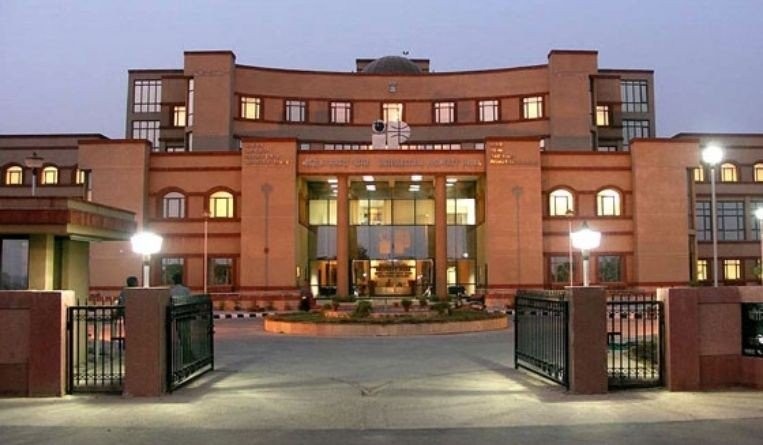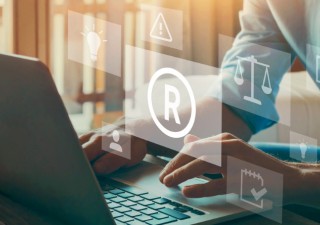Practitioner discovers IP India's online system will correct trademark errors
22 September 2020

The online records of the Indian Trademark Office have always been comprehensive and transparent - even years prior to digitalization. Back then, people concerned wrote a letter to the trademark office, explaining the error and requesting a correction.
In his experience before, Raja Pannir Selvam, founder and managing attorney at Selvam & Selvam in Chennai, says that meeting the concerned officer and discussing the matter was the most effective way to have the errors corrected as the letters written were hardly taken into consideration. “We also found that some officers were willing to correct such issues over the phone if pointed out to them,” he says. “However, either of these approaches would involve a lot of attorney time from our end to resolve.”

In the initial days of digitization, furthermore, several errors were noted in the trademark data as per the online records.
Over the last few years, this has gone down considerably if not completely due to the e-filing system of IP India. The applicants and counsels simply follow up with the trademark office by writing to them for correction of errors in their trademark records. By the introduction of this facility, the correction of the records can be streamlined, and corrections can be made faster in a systematic manner.
Selvam says, “We have not found any official notification of the launch of this system but our colleague Samreen Iboo found out about the availability of the system on September 11, 2020, and we started exploring the features after creating an account. We then shared the same on LinkedIn and Twitter for the benefit of the other IP practitioners and applicants. One other practitioner commented that the system has been in use for almost three years; however many of the IP practitioners I have spoken to do not seem to be aware of the existence of such a system.”
Thus, this development is a very positive initiative by IP India to help businesses and attorneys get corrections done from the safety of their homes, during these difficult times. This will help not only the businesses or IP practitioners but also the officials at IP India to take action on these requests from wherever they are since everything is electronic and easily made available in their systems.
As for the challenges that the system brings, Selvam says that it is still very early to comment on the system, but as he has mentioned, it is a very good move by IP India. “IP India has been taking several digital initiatives with respect to practising IP law in India,” he says. “If the correction requests are processed on time, it would be a boon for the applicants or IP practitioners. As with every software, there will be issues or bugs initially, which can be ironed out as we go forward.”
Currently, IP India also has an e-filing system in place, which is an additional system requiring separate signup or login.
“Hopefully, they will integrate both the systems together to make it easy for all of us,” says Selvam. “We hope that the new system will result in a smoother resolution of these matters.”
Excel V. Dyquiangco






